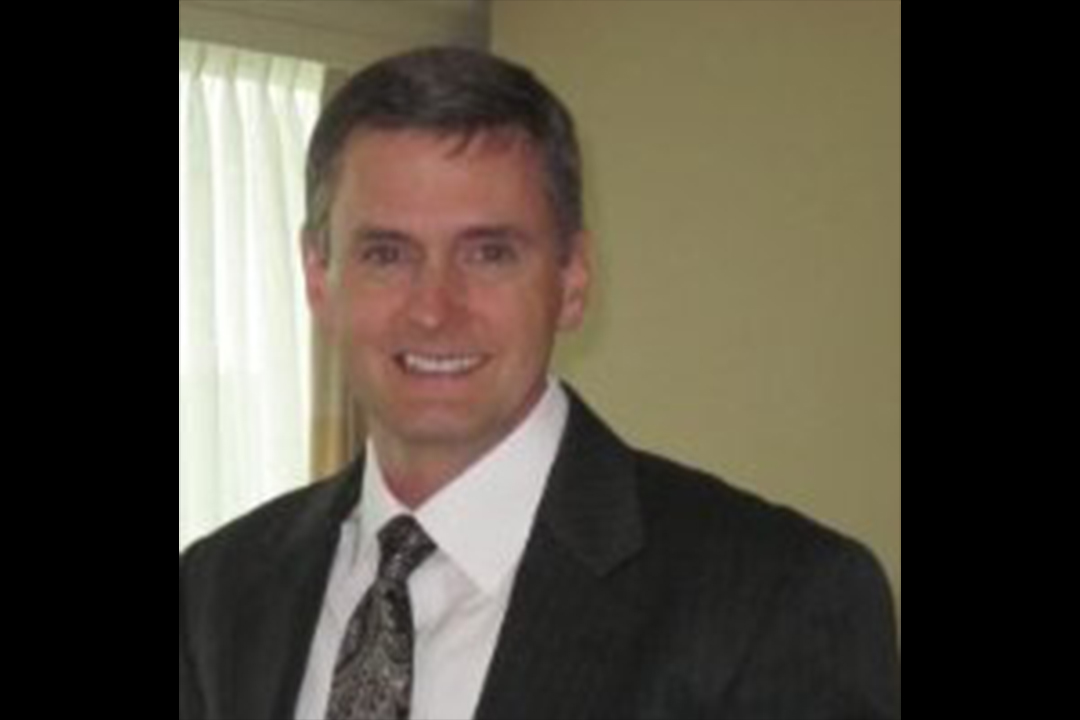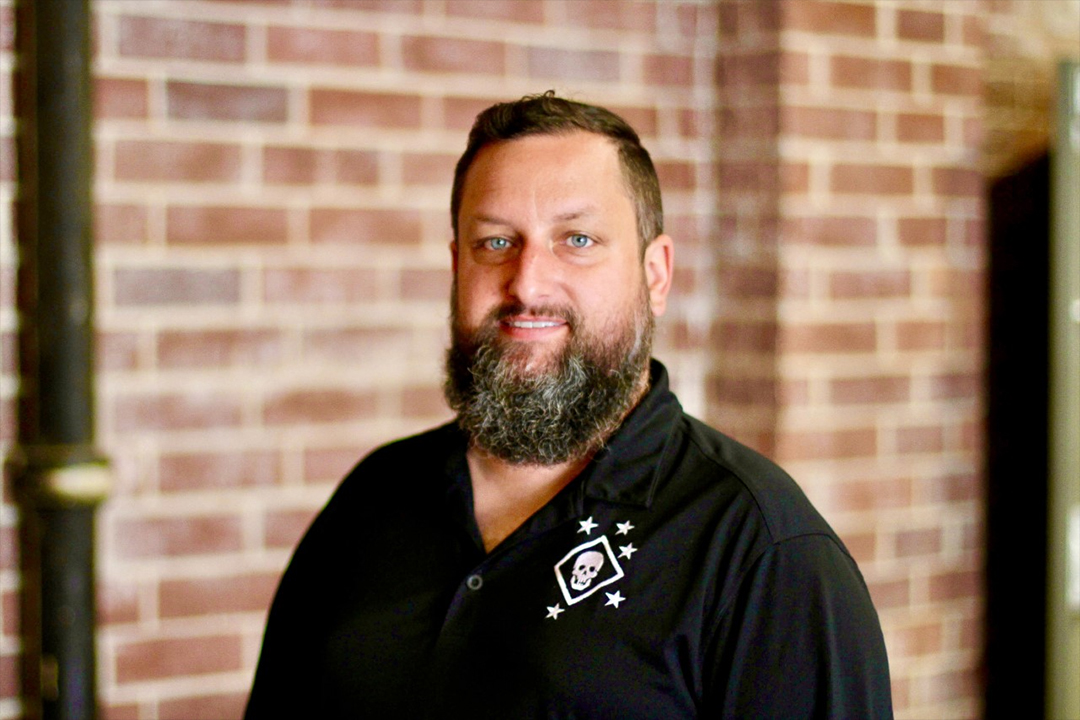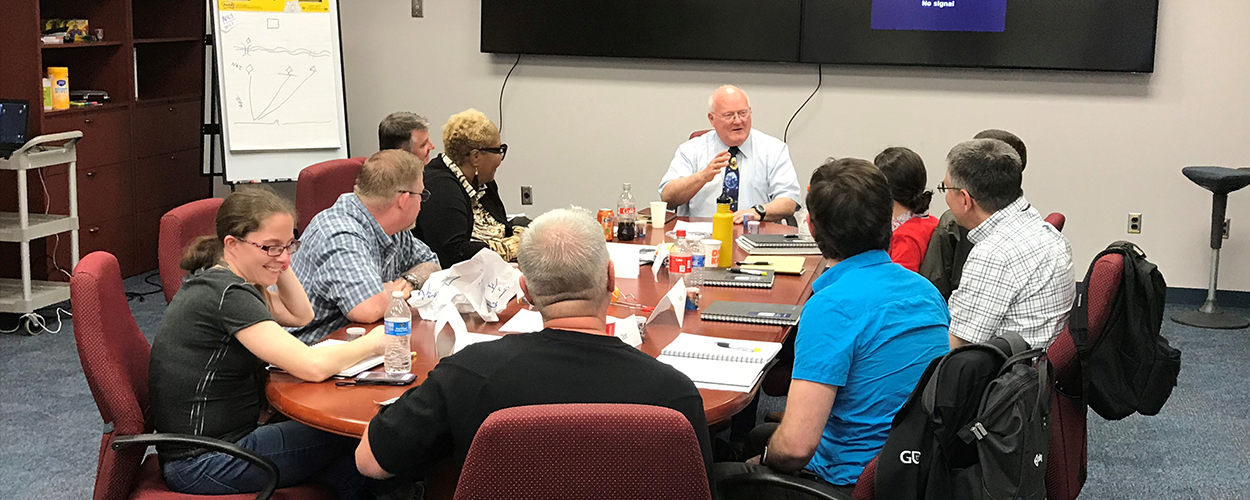CBC Liaison Officers Bridge Gap Between Researchers and Soldiers
CBC Liaison Officers Bridge Gap Between Researchers and Soldiers
By Jerilyn Coleman
All personnel at the U.S. Army’s Combat Capabilities Development Command Chemical Biological Center (DEVCOM CBC) are essential to the overall chemical biological defense mission but Liaison Officers (LNO) make up a special group of unsung heroes that are critical to the safety of the warfighter and who support a broad spectrum of organizations in the Department of Defense (DoD) and beyond.
LNOs are government personnel employed by the Center and stationed with other organizations 90 to 100 percent of the time. They develop rapport and establish a presence in the chemical biological field to facilitate new, cutting edge technologies, capabilities and research required to support the warfighter. According to the Center’s acting Deputy Chief of Staff and Associate Director of Programs, Adam Seiple, “LNOs work for us, but they support the Center from the designated organization from which they are stationed. They basically work for two organizations.” These individuals speak the Center’s language, serve as their voice and bridge the gap between the Center, stakeholders and experts in the field. As supervisor to the LNOs, Seiple ensures that they keep the Center’s best interests in mind, have a firm grasp of the priorities and know when to speak up and when to ask the right questions.
Notable LNOs at the Center include Victor Hairston who recently retired from his role as G-8 at the Pentagon, Mike Cress and David Glynn who both serve at Fort Leonard Wood (FLW) and support the Maneuver Support Center of Excellence (MSCoE). Cress is a Vietnam veteran with combat experience as an airborne Infantry Officer in the 101st, 173rd and 82nd Airborne and he became an LNO for the Soldier, Biological and Chemical Command in 2001. For decades Cress has dedicated his service to developing innovations that keep Soldiers safe. “As a liaison officer, I handle requests for information; support the research portfolio; plan and execute data collection events; conceptualize ideas for capability development and interface with faculty, action officers, senior leaders and students,” Cress said. Lowry Brooks is the Client Manager for Center efforts and partnerships with the Joint Program Executive Office (JPEO) and he also supervises Glynn and Cress at FLW. “Mr. Cress is truly one-of-a-kind. We are blessed to have someone with his depth and breadth of knowledge. It is unmatched at the Center,” Brooks said. Following a 40-year warfighter and civilian service career, Mr. Cress is retiring in January 2021. “His steadfast integrity and consummate reliability receive the highest level of trust, loyalty and dedication among all senior leaders, peers and colleagues within the Center. We wish Mr. Cress all the best in his future endeavors and sincerely thank him for his exemplary performance on behalf of the warfighter and his numerous innovative contributions to Chemical, Biological, Radiological and Nuclear (CBRN) defense,” Brooks added.
In nearly two years as an LNO, Glynn has also proven to be an asset to the Center and FLW. He participates in the development of concepts that leverage Center research; facilitates novel approaches to technology demonstration, experimentation and analysis; collaborates with MSCoE, chemical school, engineer school and military police school to facilitate the Top Down Futures Development Process and works with different Center of Excellence (CoE) battle labs to help further define requirements by presenting detailed solutions among other tasks. “Glynn and Cress write concepts and requirements and they figure out how the CBRN warfighters will fight in future warfare. That must be linked back to the Center so that we can inform the CBRN School about what technology can do for them,” Brooks explained. The CBRN School studies future warfare and threats and decides how the Center should accomplish military objectives.
The LNOs explore what science and engineering can do for the warfighter; what is possible now and what could be possible in the future. “We merge the concept writers with the technologists and that’s what Cress and Glynn do primarily, bridge that gap. They must provide that critical link. From the futurist, to the concept writers, to the requirements writers, they have to link them back to our scientists and engineers. So we know what the future concept is and what the future technology is,” Brooks said.
Though he doesn’t serve in an official LNO role, Michael Guinn is taking strides to support the Center and LNOs in a similar and influential way. Guinn is the Interagency Technology Officer within the Office of the Director. Guinn wears two hats that of executing agile acquisitions as a Program Manager and implementing advanced manufacturing as an Engineer. Like LNOs, Guinn works remotely and is stationed at MacDill AFB in Tampa, Florida at Special Operations (SOCOM) headquarters. One of Guinn’s most influential projects is Accelerator for Innovative Minds (AIM). AIM is an acquisition collaboration among different organizations that are trying to work toward the same thing. Organizations that are a part of this initiative so far include the Center, JPEO, Chemical Biological Radiological Nuclear Defense, Defense Threat Reduction Agency, SOCOM, Department of Homeland Security, and more. The purpose of AIM is to actively harvest Warfighter and government stakeholder ideas/needs and work with non-traditional industry, academic, and international partners to transform those into proof of concepts and/or improvements upon an existing concept. Routinely this is done pre-requirements and ends up helping define requirements more efficiently and effectively. “This acquisition process enables warfighter voices to be heard, they get to influence what is coming down the pipeline and interact with the technology much earlier on,” Guinn said. Soon, there will be an LNO position filled at SOCOM headquarters in the Tampa office and Guinn will help bring that individual up to speed and ensure they’re integrated into the day to day operations of the Center and SOCOM. According to Kevin Wallace, the Center’s Division Chief, Systems Engineering and Acquisition, “Michael’s roles and responsibilities are somewhat reflective of what LNOs do. The Center’s workforce needs to be aware of Michael and what opportunities he affords us in the national capital region while he’s embedded at SOCOM in Tampa.”
Historically, the Center has staffed an LNO position at the Army G-8 office which serves as the executive agent for the Chemical Biological Defense Program. “We felt it critical to have someone there to support that office and to keep us in tune with the movers and shakers and decisions being made in the program,” Seiple said. Typically, the individual that would fill that role would be the director’s executive officer. This role was filled by someone for about six months but Center leaders realized they needed the role filled permanently to have a bigger impact. Recruiting LNOs can often be difficult, because the ideal candidate knows both organizations, but that is rare. The Center primarily recruits individuals that are more familiar with the organization where they will be embedded and focus on bringing them up to speed on the Center once they are on board.
During the COVID-19 pandemic, most Center personnel had to adjust to working in a virtual environment and not being able to engage with their peers in-person, but for the LNO this circumstance is normal. The LNO role is unique because these individuals spend most of their time away from the Center and many perform responsibilities that are equivalent to two jobs. There are many challenges associated with working with and for two entities and working away from the majority of your colleagues due to the collaborative nature of the role. “In order to collaborate, oftentimes you need to speak with folks in a face-to-face environment. If not face-to-face collaborating, I am involved with conducting experiments of sorts and this definitely requires more of an in-person interaction,” Glynn said. “It takes a special personality to really balance two positions. You need to be loyal to both places. It’s about building trust on both sides. As a technology organization we need to stay ahead of the technology. If we stay in our bubble here, we won’t be in touch with our customers of stakeholders and the high strategy makers. We won’t be as impactful as we could be.” Seiple said.
Despite the challenges associated with the role, LNOs perform their missions with grace. Leadership at the Center work to make the experiences of LNOs as smooth as possible. They try to arrange trips to the Center’s headquarters in Edgewood, MD as frequently as possible to spend time on base and connect with colleagues, participate in staff meetings remotely and educate personnel at the Center about the LNO and how they can support the workforce and the warfighter. LNOs are a crucial asset to the Center as they are an integral part in developing innovations in the DoD’s chemical biological space. We must remember them when reflecting on the Center’s legacy as the premier support organization in the Chemical Biological Defense mission. Brooks described the LNO’s impact perfectly in a Winston Churchill quote. “A hiatus exists between inventors who know what they could invent, if they only knew what was wanted, and the soldiers who know, or ought to know, what they want, and would ask for it if they only knew how much science could do for them. You have never really bridged that gap yet.” LNOs seek to bridge that gap every day.


DEVCOM CBC Liaison Officer Mike Cress shares future warfighter needs with Center engineers and scientists. Photo by DEVCOM CBC Public Affairs Office.

